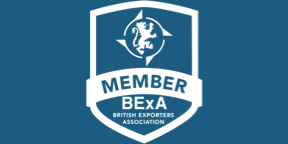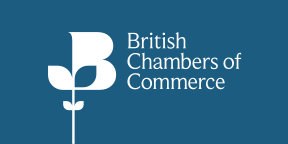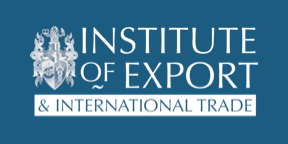Textiles & Footwear
Cost Effective Training, Business Support and Helpline
Why not make our specialist in all areas of international trade and customs regulations part of your team? Why spend thousands employing specialists in these areas when we can be available via email or telephone when you need us.
Even if a person has no experience of the world of trade compliance, we can all appreciate Textiles and Footwear as products that we use every day. As with all goods that are exported or imported a commodity code, which you may also know as a Tariff Code or HS Code must be declared to HMRC.
The HS is the Harmonised System, developed and updated by the World Customs Organisation. This provided the basis for the tariff for over 200 country tariffs, providing conformity up to the first 6 digits of the Commodity Code.
For the classification of these goods Textiles and textile articles have their own area of the HS, Section XI, Chapters 50 to 63. Footwear generally follows in Section XII Chapter 64. The Chapter plays in important role as it provide the first two digits of the Commodity Code.
Both textile apparel and footwear are included in the HMRC list of goods that are difficult to classify. This not only flags the potential complexity to ascertain the correct tariff number for the goods but also provides guidance to reach the right commodity code.
It’s important to know the type of product but also what it is made from will affect where it falls in the tariff. Clothing and Footwear are made of two or more materials in many instances. Knowing that is shirt is 70% Cotton and 30% Polyester, not vice versa will need to be established before you can ascertain the correct commodity.
To emphasises that we live and work in a truly global marketplace Preferential Trade Agreements exist meaning that goods can benefit from a lower rate of duty as opposed to the World Trade Organisation’s “Most Favoured Nation” Rate of Duty which can be high for textiles and footwear. However, the product must qualify under specific criteria. Preference at import is optional not mandatory.
There is a great deal of interest with regards to the UK / EU Trade and Cooperation Agreement, but this is not the only mutually beneficial commercial treaty that a UK trader can advantage of. Many UK agreements are with countries where there was a benefit from an EU Preferential Agreement. It’s important to note that the UK are also working on a preference and trade with new partners.
Many trade agreements are bilateral, an exception to this rule is GSP, the Generalised Scheme of Preference which lowers and removes the duty rate on imports into the UK from eligible countries who are a member of this agreement.
Training Options
Strong & Herd LLP offer international trade training as a public or in-company solution. Public training courses relevant to the textiles, clothing and footwear companies include:
International trade training courses
In-company training courses
All the courses listed above can be tailored to fit the requirements of companies involved in high tech industries and extended to include the key international trade areas you need to know about.
We have trained experienced specialists in the area of tariff classification, using customs duty relief procedures, export licensing controlled movements including knowing if your goods are dual-use controlled or not and the difficulties involved in obtaining end-user certificates, understanding if you are captured by the USA re-export regulations such as ITAR or EAR restrictions and licensing issues, and how to use SPIRE.
On-line training courses and e-learning
Although we have a number of on-line international trade training courses for sale publically on our website our main area of on-line training is creating bespoke in-company training solutions which enables businesses to create their own e-learning training packages in bite-sized chunks – what we call SPOTLIGHTS – lasting between 1-2 hours per session. These SPOTLIGHTS can cover standard topics (as listed above) but the main advantage of this type of training solution is that we can ensure SPOTLIGHTS are written (and kept up-to-date) specifically covering what your business needs.
We suggest considering 4 standards for training in international trade matters:
Therefore, we are able to offer Distance Learning courses for all areas of international trade and customs compliance, some topics already exists other may have to be developed to make them in-company specific. Distance Learning can be via our on-line training portal which can be used on an individual basis (cost of between £35.00 – £65.00 per person/ per session) or as a corporate designed package administered either by S&H or by you. Alternatively we can organise bespoke interactive webinars, generally up to 2 hour long, to cover bite-sized chunks of information. This can be supported, if required, by the use of our assessment programmes.










